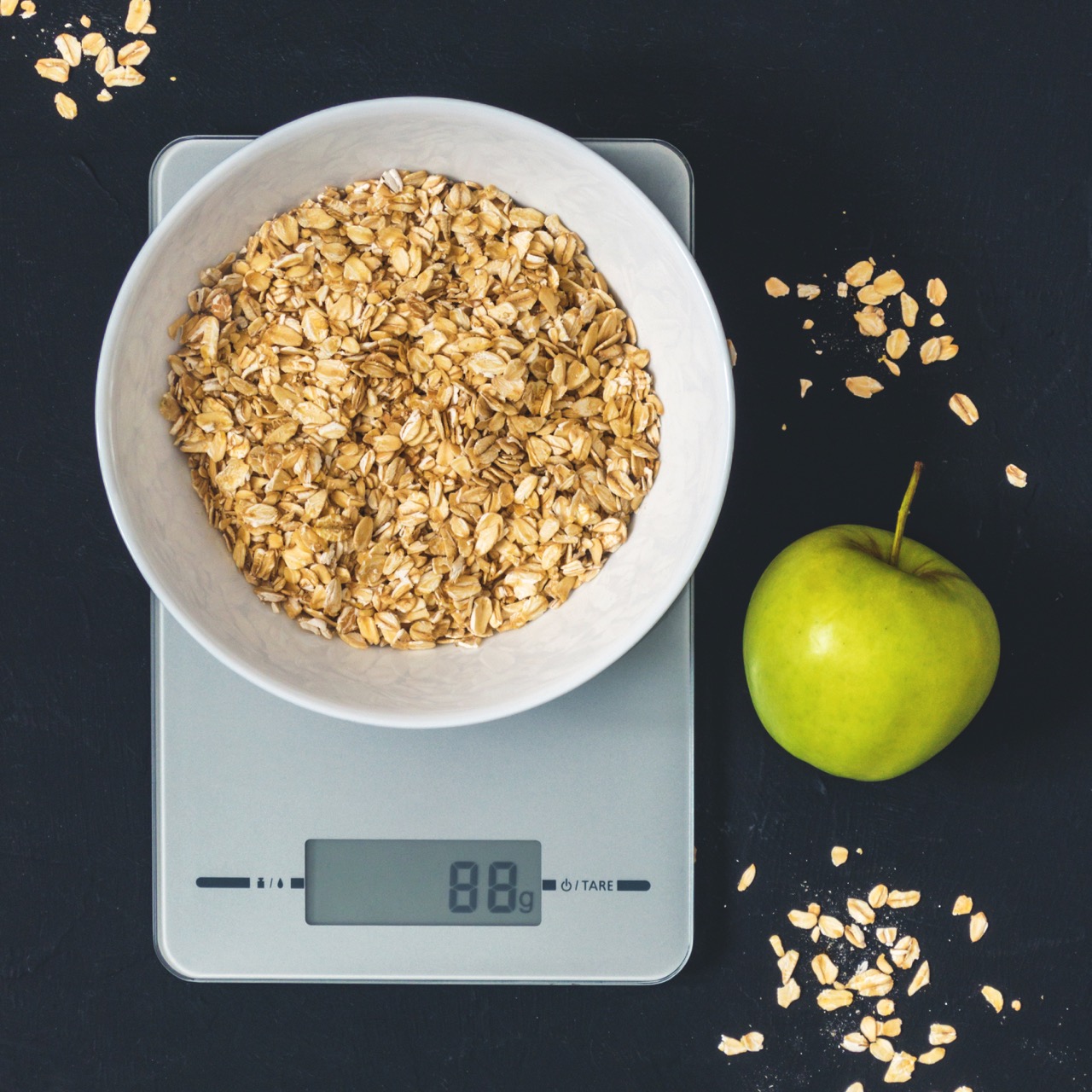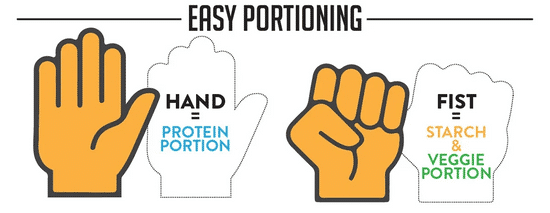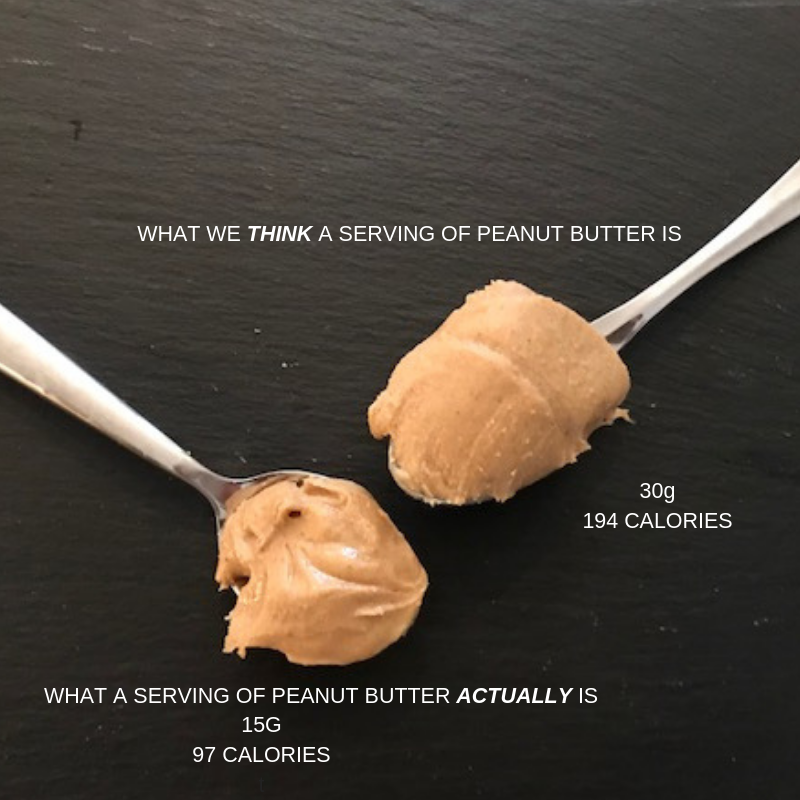Macro Meal Planning
No matter whether you are looking to lose weight, gain muscle or support your performance, you need to understand energy balance and calories. But for the best results you need to structure your meals to ensure you get the right balance of calories.
What are macros?
Macronutrients or “macros” are nutrients your body needs in large quantities. They are also where all of your calories come from.
There are three main types of macros in food: protein, carbohydrates, and fat.
Each macro provides different health and nutrition benefits.
Protein has 4 calories per gram
Carbohydrates have 4 calories per gram
Fat has 9 calories per gram
Alcohol is also considered a macro because it provides calories to your diet but is not typically considered in macro ratios since it does not provide any nutritional value. Alcohol has 7 calories per gram.
No one size fits all
Macros are not always a one-size-fits-all approach. There are a number of flexible dieting options you can use to control calories and balance your nutrition by counting your carb, fat, and/or protein intake.
Each macro is used a little differently by the body, and understanding how each one supports your daily health and fitness needs is key:
Carbs are your preferred source of quick energy, and excess carbs can be stored in your muscles for fuel or as body fat.
Fat is your source of long-term energy, used as immediate fuel or stored as body fat.
Protein is the builder macro, used to build and maintain a majority of the cells throughout your body, including your DNA, bones, and muscle mass – any excess protein can be used as energy or stored as body fat.
To track your macros first need to know your daily calorie target based on whether you want to lose fat or gain muscle. Then you can wok out how how many grams of protein, fat, and carbohydrates you need.
Importance of protein
Your daily protein needs are directly related to your body weight and fitness level. Protein is the builder nutrient – working to actively maintain, repair, and create just about every single cell in your body. This is exactly why high protein intake is recommended to help build muscle. Higher protein consumption may also support fat loss.
While everyone is different and responds differently, for weight loss purposes, a moderate-fat (20% to 30% of calories), moderate carb (30% to 40% of calories), and a high protein diet (25% to 40% of calories) tend to work for most people.
Calculate your macros
Once you’ve figured out your macronutrient distributions, the next step is to convert these nutrient goals into actual meals. There are three ways to do this – all of which come in handy at different times.

Use an App and Weighing Scales
One of the easiest and most accurate ways of tracking your calories and macros is to use an App alongside weighing scales.
Examples of good tracking apps include My Fitness Pal and Trifecta.
Food weighing scales are also incredibly easy to use and many come with automatic macro calculations built-in macro calculations. Just input the desired food code provided with the scale and weigh your portion.
Exchange
Another technique when you don’t have scales to hand is to use cups. Using measuring cups and spoons, and associated macro food lists, you can plug and play ingredients in your meal prep to make it easier to hit your macros.
All you need is a food list and associated serving size for each. Essentially, one portion (or exchange) of either a carb, fat, or protein equates to a certain amount of grams for that specific macro.
Carbs: 1 serving = 1/4 cup, 1/3 cup, 1/2 cup varied per individual carb. 15g CARBS
Protein: 1 serving = 3oz gives 21g PROTEIN
Fat: 1.5tsp – 1tbsp depending on the fat gives 5g FAT
Hand – Fist Method
The size of your hand is unique and also closely aligns with your serving size requirements – the bigger your hand, the more food you need.
Hold your hand up and look at your palm.
One full hand is a single serving of protein (about 20-30g of protein). This is the equivalent to about 3-4oz meat or fish, 2 eggs or 1 cup Greek yogurt
Now make a fist or a cupped hand, one fist or one cupped hand is a single serving of starches (carbs) – this is the equivalent to about 1/2 cup cooked grains
2 fists is a standard serving of veggies.
1 fist is a portion of fruit e.g 1 medium apple
And lastly, your thumb equates to one serving of fat which corresponds to about 1tbsp in size.

Importance of Nutrient Dense Foods
Of course it is not just about calories or macros. What you want to do is focus on unprocessed nutrient dense foods for most of your meals.
Not only will this give you all the nutrients, key vitamins, minerals and antioxidants your body needs to thrive but typically these foods are lower in calories, higher in fibre making them more filling and satiating.
So for example when it comes to carbohydrates get the majority of these from fruits, vegetables, beans, pulses, wholegrains rather than refined processed carbs, sugary drinks, alcohol and syrup.
Equally with fats aim to focus on healthier fats like monounsaturates and polyunsaturates such as nuts, seeds, avocado, olive, olive oil, oily fish etc.
Eating high volume foods which are nutrient dense will help you feel naturally fuller for longer making it easier to stick to your meal plan.

Portion Sizes do Matter
This may seem laborious at first but it is the most accurate way to track your intake and will give you an idea of how much is in a certain amount of food.
It is easy to go over on portions size and therefore calories without realising. Attempting to change your body composition without a solid plan is just an absolute recipe for disaster.
Lean & Nourish Members can download their copy of macro meal planning below. If you are interested in our Lean & Nourish club follow this link

